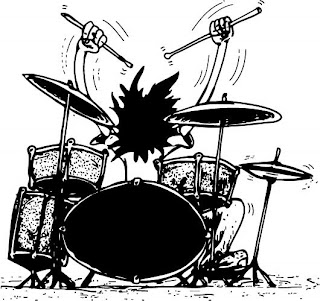- "C.R.E.A.M." by the Wu Tang Clan
- "Return the Favor" by Keri Hilson ft. Timbaland
- "Hail Mary" by Tupac Shakur
As we're listening, ask yourself the following questions:
- What is the emotion of this song? What is it about?
- How are the music and/or lyrics setting the tone for this emotion in the Intro?
- Does the Intro tend to build up to the main part of the song, or does it drop all at once?
- A buildup, where instruments come in one at a time. Call it: (your name)_buildupintro
- A beginning with just a Sound Effect and a drum. Call this one: (your name)_fxdropintro
When you finish, let Mr. Runde know so that you can copy your files to his jump drive.







